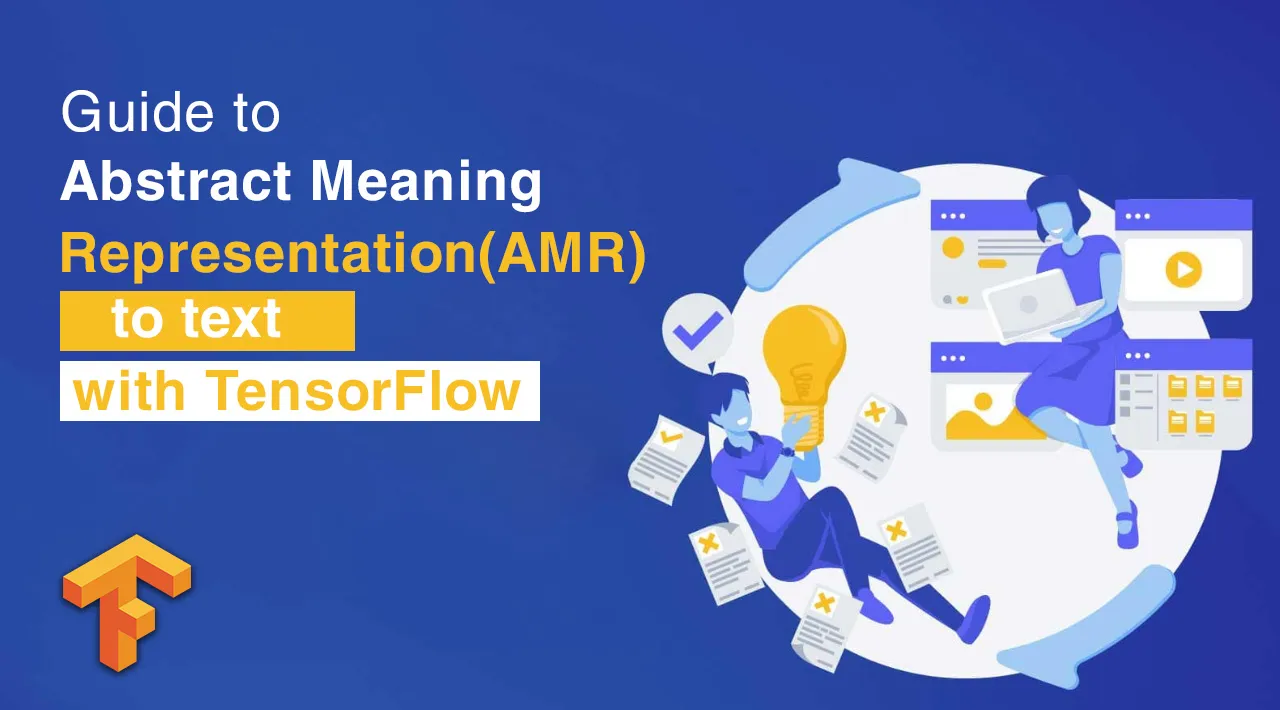Understanding and making sense of human languages to generate value is the vital objective of Natural Language Processing. Owing to this requirement, the task of Representing text becomes extremely important to NLP practitioners. There are innumerable formats to represent text. Different Techniques preserve different levels and types of information. The task at hand heavily influences the choice of a representation for storing data. Abstract Meaning Representation is one such representation that has several applications in the NLP domain.
AMR is a graph-based representation that aims to preserve semantic relations. AMR graphs are rooted, labelled, directed, acyclic graphs, comprising whole sentences. They are intended to abstract away from syntactic representations. In this sense, sentences similar in meaning should be assigned the same AMR, even if they are not identically worded.
Example:
”**China is expanding its military power to attempt to join the ranks of the superpowers” **
AMR Graph
Each node represents a concept, and each edge represents the type of relationship between these concepts.
In this post, let’s explore a graph to sequence-based architecture to generate natural text using an AMR graph.
#developers corner #graph neural networks #implementation of ai #natural language generation #natural language processing #seq2seq modeling
